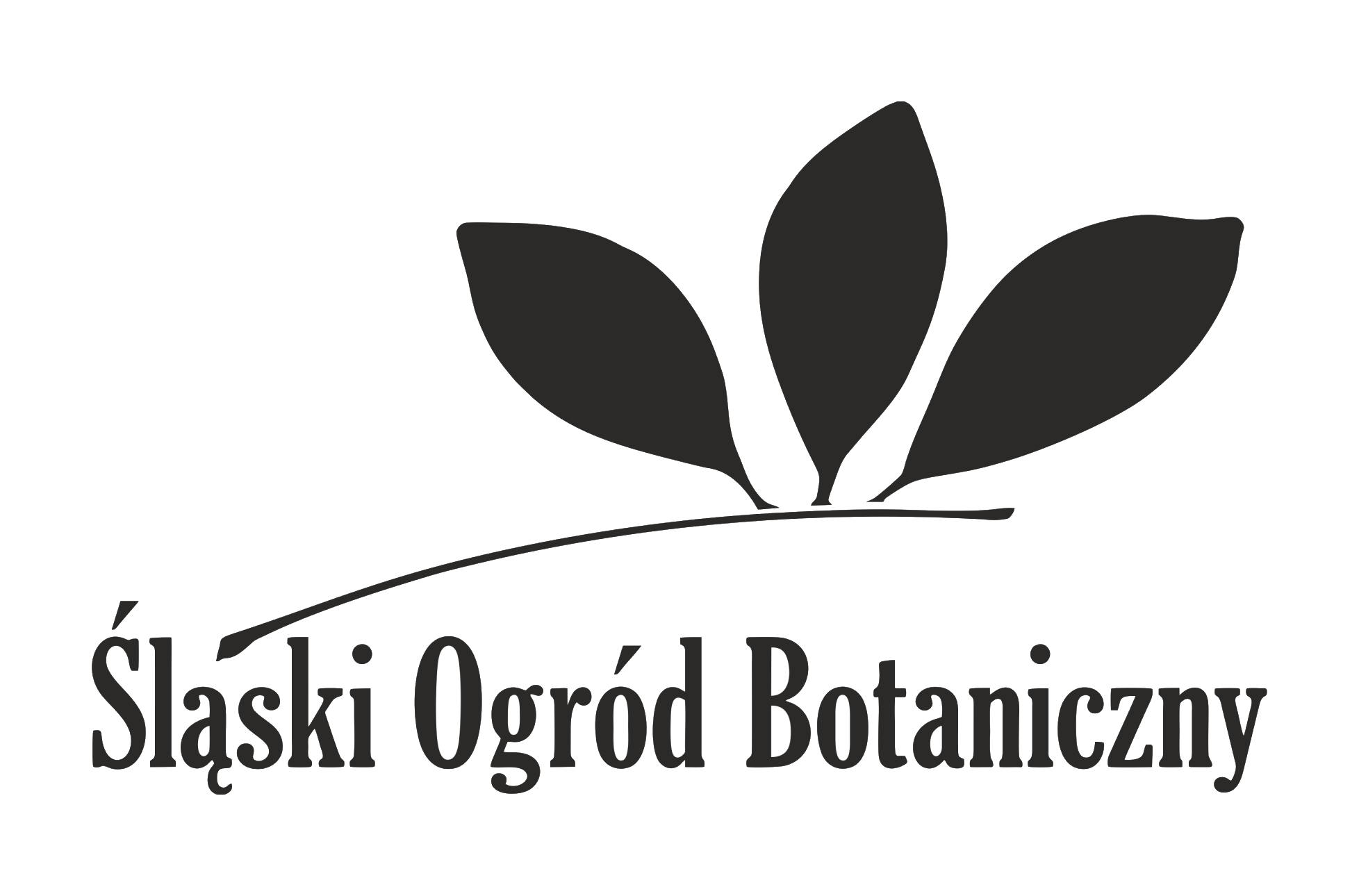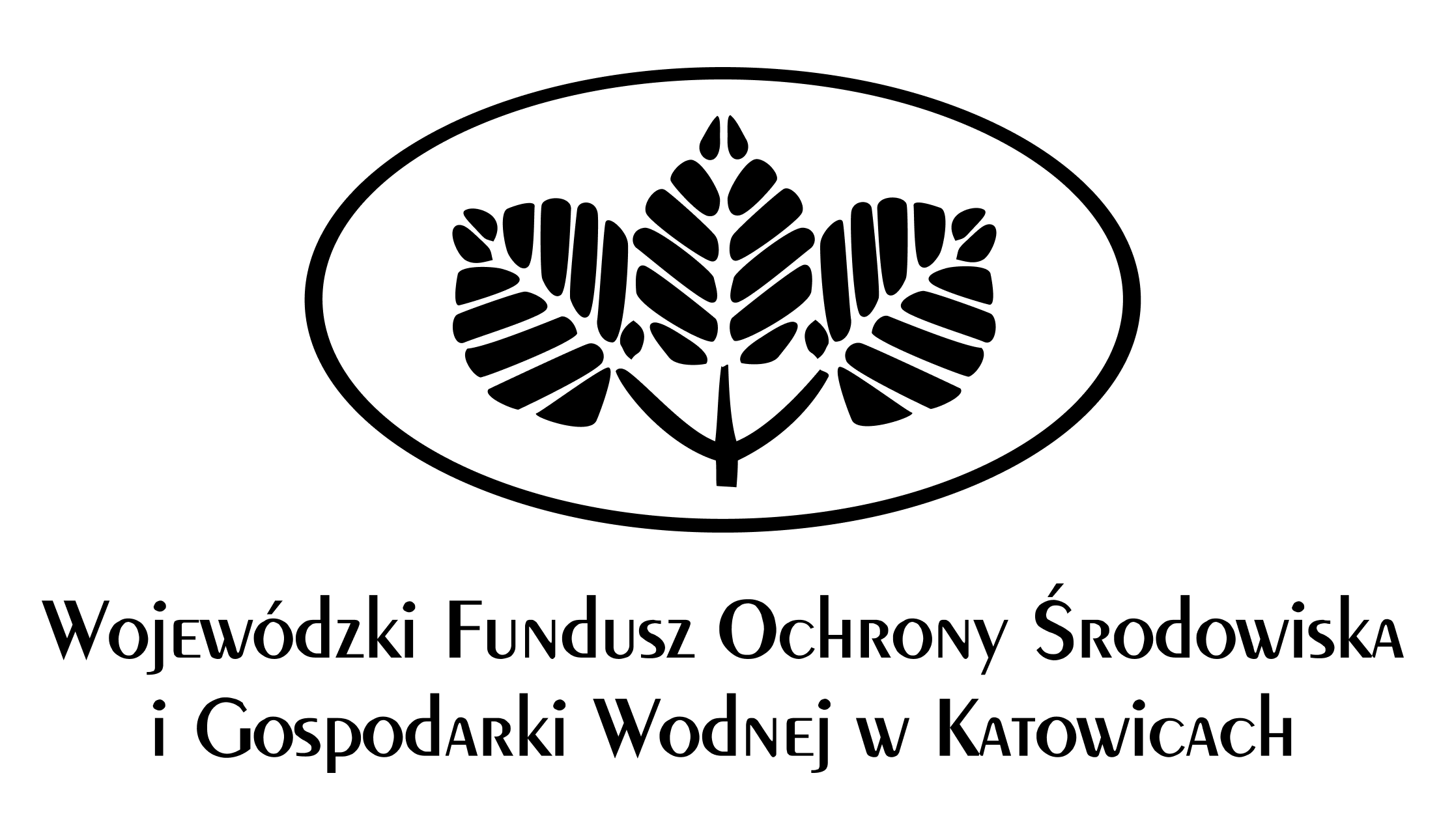The redeveloped Mikołów Transfer Center has gained 35 small-leaved linden trees. These are beautiful and magnificent trees, reaching up to 30 meters in height (annual growth of up to 50 centimeters). They are characterized by a dense, spreading and regular crown. Yellowish flowers, set in the form of loose umbels on long stalks, appear in June/July attracting thousands of bees and other pollinators – linden honey is considered one of the noblest. Linden is a medicinal plant: flower extract has antipyretic, antiseptic and sedative effects. The very smell of the flowers and the rustle of the leaves also have a soothing effect on us, also follow the poet’s advice: Guest, sit under my leaf, and it will rest! (On the Linden Tree, Jan Kochanowski).
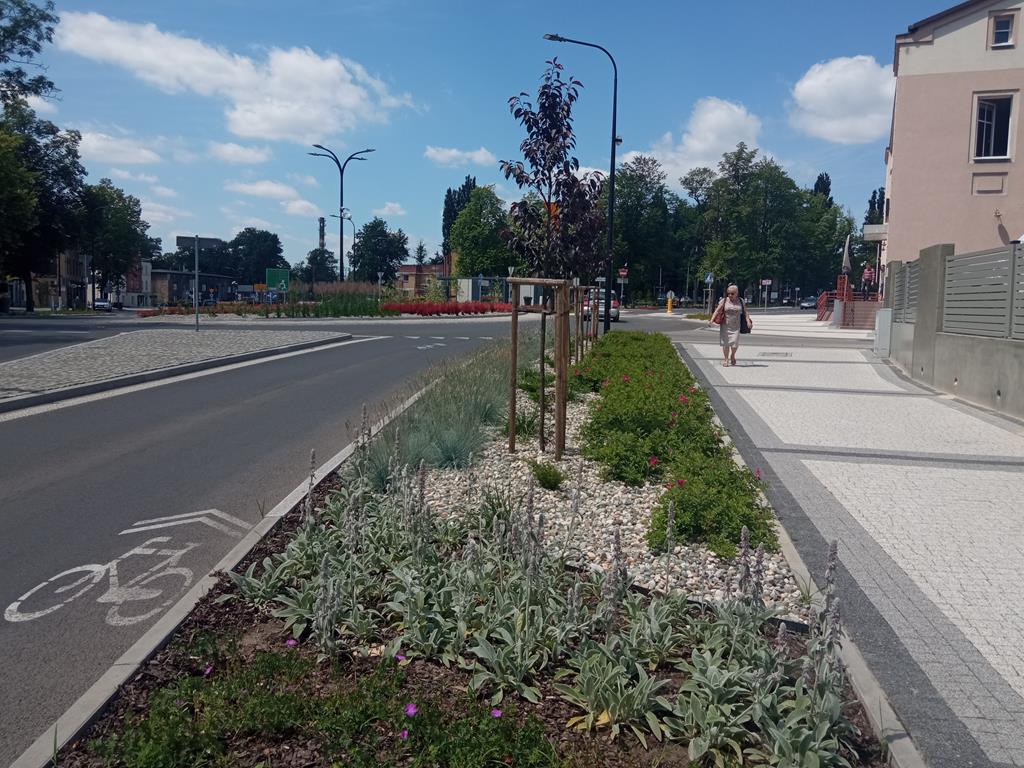
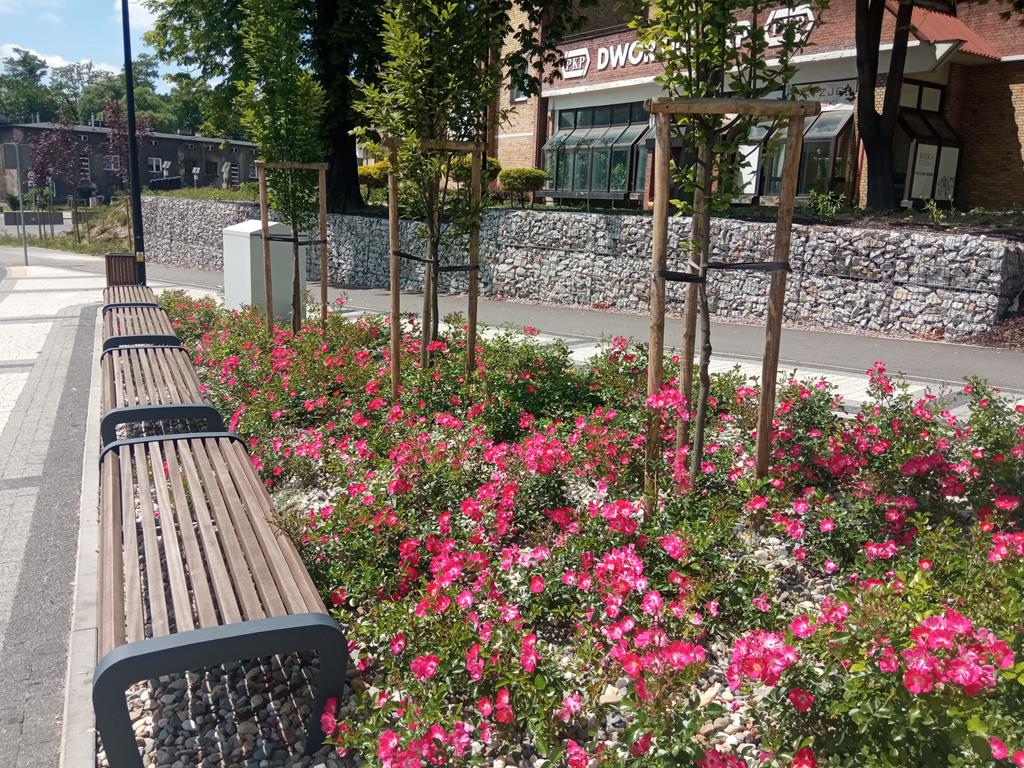
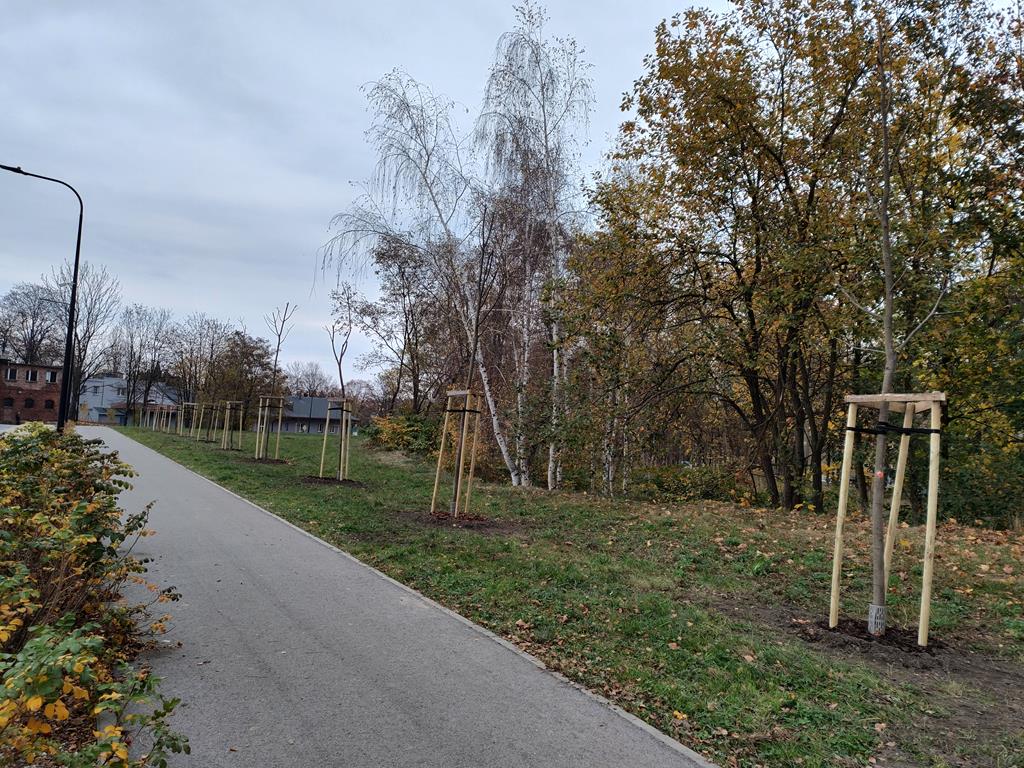
What are the benefits of trees in the city?
They produce oxygen
Trees, like all plants, produce oxygen, and because of their size they are the most efficient at it. In addition, the bigger they are, the more productive they are: a 100-year-old beech tree produces 1,200 liters of oxygen in an hour, which is about the same as 1,700 10-year-old beech trees. The same aged tree will produce as much oxygen in 10 years as a human consumes in 20 years.
Absorb pollutants
Leaves, branches, boughs, trunks, bark and mosses and lichens absorb pollutants such as carbon dioxide, sulfur dioxide, heavy metals (e.g., lead, cadmium, copper, zinc) and many others. In urban spaces, the ability of plants to absorb pollutants from internal combustion engines is very important: one medium-sized deciduous tree is capable of absorbing toxic components from the combustion of about 130 kg of fuel in a season.
They lower the temperature, increase humidity and provide shade
In hot weather we seek shade, but why is the shade of trees “cooler” than that cast by buildings? This is because trees and shrubs release water vapor into the air. A century-old tree on a hot summer day evaporates about 300-400 liters of water in the process of transpiration, resulting in cooling actions that can be compared to the performance of 7 average-sized air conditioners. The circulation of water in the tree itself requires a considerable amount of energy, which lowers the ambient temperature. This is why trees, especially clusters of trees, also cool urban heat islands so well. On shaded roads and parking lots, there is incomparably less evaporation of fuel from car tanks , as well as any lubricants and oils, from which highly poisonous volatile aromatic hydrocarbons escape. In addition, the shade of trees extends the lifespan of sidewalks and roads: from 7-10 years to 20-25. This is associated with reduced heating of the surface during the day and cooling it at night (the phenomenon of wind erosion).
They form a natural protection against gusty winds
It is assumed that a green belt reduces the force of wind over a space equal to 30-40 times the height of the trees forming it by 20 to 80%. In addition, by planting trees 2-3 meters from the building we create so-called “air pockets”, where in winter the wind does not blow, and thus does not penetrate the walls cooling them and positively affecting heating costs.
Counteract soil erosion
Fallen leaves protect the top layer of soil from the impact of raindrops and prevent the destruction of soil tubercles and the movement of soil particles (especially on slopes). In addition, fallen leaves protect the soil from rapid evaporation and drying and freezing. What’s more, as they decompose, the leaves fertilize the soil and, at the same time, create more layers themselves.
They share their flowers, bear tasty seeds, nuts and fruits for us, and are home to many species of plants, fungi and animals
Green areas in cities play a very important social role, affecting the well-being of their residents. Among vegetation, people relax, unwind and relieve stress. This is because trees fill the air with the hum of their leaves and scents, which has a calming effect on us, and the color green has a soothing effect on our nervous system. They share their flowers and give birth to tasty seeds, nuts and fruits for us. These gifts are also used by animals, plants and fungi, for which trees provide a natural habitat and thus enrich the urban flora and fauna. Observing nature and the changes in it also has educational effects.



